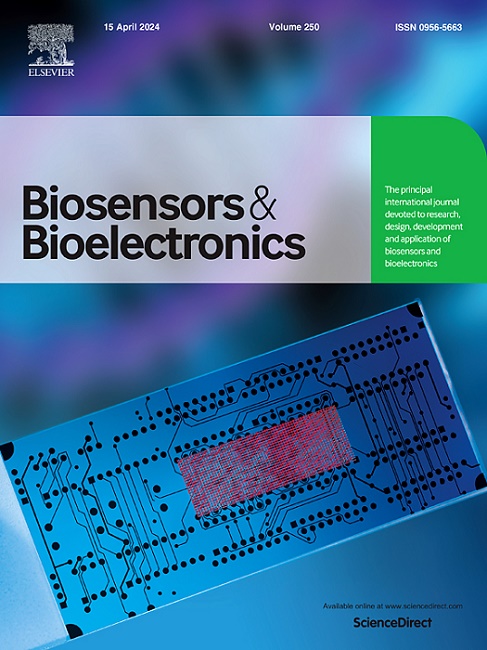Flexible tactile sensors inspired by bio-mechanoreceptors
IF 10.7
1区 生物学
Q1 BIOPHYSICS
引用次数: 0
Abstract
Mechanoreceptors in animals and plants play a crucial role in sensing mechanical stimuli such as touch, motion, stretch, and vibration. Learning from the mechanisms of mechanoreceptors may facilitate the development of bionic tactile sensors, leading to higher sensitivity, spatial resolution, and dynamic ranges. However, very little literature has comprehensively discussed the relevance of biological tactile sensing systems and machine-learning-based bionic tactile sensors. This review first introduces the structural features, signal acquisition and transmission mechanisms, and feedback processes of both plant and animal mechanoreceptors, and then summarizes the efforts to develop bionic tactile sensors by mimicking the morphologies and structures of mechanoreceptors in plants and animals. Additionally, the integration of artificial intelligence approaches with these sensors for data processing and analysis are demonstrated, followed by the perspectives on current challenges and future trends in bionic tactile sensors. This review addresses the challenges in developing high-performance tactile sensors by focusing on surface microstructures and biological mechanoreceptors, serving as a valuable reference for developing bionic tactile sensors with enhanced sensitivity and multimodal sensing capabilities. Furthermore, it may benefit the future development of smart sensing systems integrated with artificial intelligence for more precise object and texture recognition.
受生物机械感受器启发的柔性触觉传感器
动物和植物的机械感受器在感知触觉、运动、拉伸和振动等机械刺激方面发挥着至关重要的作用。学习机械感受器的机制可能会促进仿生触觉传感器的发展,从而提高灵敏度、空间分辨率和动态范围。然而,很少有文献全面讨论生物触觉传感系统与基于机器学习的仿生触觉传感器的相关性。本综述首先介绍了植物和动物机械感受器的结构特征、信号获取和传输机制以及反馈过程,然后总结了通过模仿植物和动物机械感受器的形态和结构来开发仿生触觉传感器的工作。此外,还展示了人工智能方法与这些传感器在数据处理和分析方面的结合,随后展望了仿生触觉传感器当前面临的挑战和未来的发展趋势。本综述以表面微结构和生物机械感受器为重点,探讨了开发高性能触觉传感器所面临的挑战,为开发具有更高灵敏度和多模态传感能力的仿生触觉传感器提供了有价值的参考。此外,它还有助于未来开发与人工智能相结合的智能传感系统,以实现更精确的物体和纹理识别。
本文章由计算机程序翻译,如有差异,请以英文原文为准。
求助全文
约1分钟内获得全文
求助全文
来源期刊

Biosensors and Bioelectronics
工程技术-电化学
CiteScore
20.80
自引率
7.10%
发文量
1006
审稿时长
29 days
期刊介绍:
Biosensors & Bioelectronics, along with its open access companion journal Biosensors & Bioelectronics: X, is the leading international publication in the field of biosensors and bioelectronics. It covers research, design, development, and application of biosensors, which are analytical devices incorporating biological materials with physicochemical transducers. These devices, including sensors, DNA chips, electronic noses, and lab-on-a-chip, produce digital signals proportional to specific analytes. Examples include immunosensors and enzyme-based biosensors, applied in various fields such as medicine, environmental monitoring, and food industry. The journal also focuses on molecular and supramolecular structures for enhancing device performance.
 求助内容:
求助内容: 应助结果提醒方式:
应助结果提醒方式:


